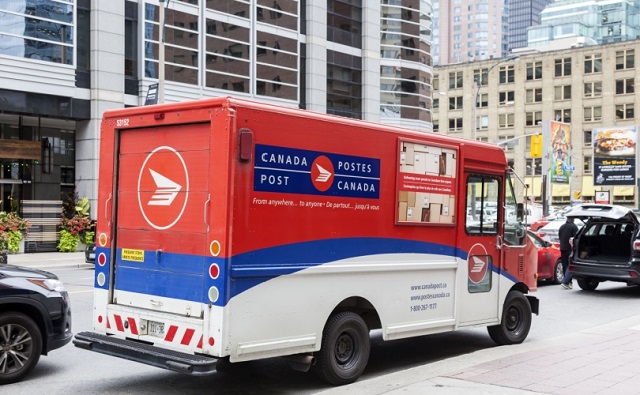Alberta
Province hoping Albertans will download COVID-19 App called AB Trace Together

From the Province of Alberta
As part of its relaunch strategy, the Government of Alberta has launched a voluntary, secure mobile contact tracing application to help prevent the spread of COVID-19.

Quick tracing and containment of outbreaks is critical as the province works to gradually relaunch the economy. The ABTraceTogether app will enhance the current manual tracing process and help Albertans protect themselves and their loved ones.
“Our efforts to flatten the curve are proving to be effective, but we must continue to remain vigilant. Each one of us has a responsibility to do our part in the fight against COVID-19. ABTraceTogether was designed to help protect Albertans and prevent community spread by quickly alerting people who may be at risk. The more Albertans who use it, the better we will be able to protect individuals from being unknowingly exposed and possibly spreading the disease. Give it a try, and encourage your family and friends to do the same. By working together, we can tackle this pandemic.”
Contact tracing is currently performed by interviewing patients who have tested positive for COVID-19, which is resource intensive and has limitations on its effectiveness as it relies on the patient’s memory. Through wireless Bluetooth technology, mobile contact tracing will complement the work of health-care workers and drastically speed up the current manual tracing process. This means Albertans will be contacted more quickly if they are at risk.




Protecting Albertans’ privacy is paramount. Use of the app is voluntary, and users must opt-in. Only your phone number is collected at the time of registering the app. The application does not track the user’s location and does not use your GPS. Data is only stored on the user’s phone in an encrypted format for 21 days only. Users must consent to sharing their data if they have tested positive for COVID-19. The only information shared with contact tracers is a random ID of those identified as close contacts after a user is diagnosed with COVID-19 – nothing identifiable is exchanged between phones. Users must be within two metres from each other for a total duration of 15 minutes in a 24-hour period in order to be notified as a close contact.

The app is now available to download for free from the App Store and Google Play.
The application is part of the Government of Alberta’s Relaunch Strategy to safely begin to remove public health restrictions and reopen our economy. Existing public health measures remain in place to stop the spread of COVID-19. For more information, visit alberta.ca/covid-19.

Quick facts
- Alberta Health submitted a privacy impact assessment to the Office of the Information and Privacy Commissioner of Alberta (OIPC), which is currently being reviewed. Upon OIPC acceptance, Alberta Health will make a summary of the privacy impact assessment publicly available.
- The most important measure Albertans can take to prevent respiratory illnesses, including COVID-19, is to practise good hygiene.
- This includes cleaning your hands regularly for at least 20 seconds, avoiding touching your face, coughing or sneezing into your elbow or sleeve, and disposing of tissues appropriately.
- Any individual exhibiting symptoms of COVID-19, including cough, fever, runny nose, sore throat or shortness of breath, is eligible for testing. People can access testing by completing the COVID-19 self-assessment online. A separate self-assessment tool is available for health-care and shelter workers, enforcement and first responders. After completing the form, there is no need to call 811.
Alberta
Alberta government should eliminate corporate welfare to generate benefits for Albertans

From the Fraser Institute
By Spencer Gudewill and Tegan Hill
Last November, Premier Danielle Smith announced that her government will give up to $1.8 billion in subsidies to Dow Chemicals, which plans to expand a petrochemical project northeast of Edmonton. In other words, $1.8 billion in corporate welfare.
And this is just one example of corporate welfare paid for by Albertans.
According to a recent study published by the Fraser Institute, from 2007 to 2021, the latest year of available data, the Alberta government spent $31.0 billion (inflation-adjusted) on subsidies (a.k.a. corporate welfare) to select firms and businesses, purportedly to help Albertans. And this number excludes other forms of government handouts such as loan guarantees, direct investment and regulatory or tax privileges for particular firms and industries. So the total cost of corporate welfare in Alberta is likely much higher.
Why should Albertans care?
First off, there’s little evidence that corporate welfare generates widespread economic growth or jobs. In fact, evidence suggests the contrary—that subsidies result in a net loss to the economy by shifting resources to less productive sectors or locations (what economists call the “substitution effect”) and/or by keeping businesses alive that are otherwise economically unviable (i.e. “zombie companies”). This misallocation of resources leads to a less efficient, less productive and less prosperous Alberta.
And there are other costs to corporate welfare.
For example, between 2007 and 2019 (the latest year of pre-COVID data), every year on average the Alberta government spent 35 cents (out of every dollar of business income tax revenue it collected) on corporate welfare. Given that workers bear the burden of more than half of any business income tax indirectly through lower wages, if the government reduced business income taxes rather than spend money on corporate welfare, workers could benefit.
Moreover, Premier Smith failed in last month’s provincial budget to provide promised personal income tax relief and create a lower tax bracket for incomes below $60,000 to provide $760 in annual savings for Albertans (on average). But in 2019, after adjusting for inflation, the Alberta government spent $2.4 billion on corporate welfare—equivalent to $1,034 per tax filer. Clearly, instead of subsidizing select businesses, the Smith government could have kept its promise to lower personal income taxes.
Finally, there’s the Heritage Fund, which the Alberta government created almost 50 years ago to save a share of the province’s resource wealth for the future.
In her 2024 budget, Premier Smith earmarked $2.0 billion for the Heritage Fund this fiscal year—almost the exact amount spent on corporate welfare each year (on average) between 2007 and 2019. Put another way, the Alberta government could save twice as much in the Heritage Fund in 2024/25 if it ended corporate welfare, which would help Premier Smith keep her promise to build up the Heritage Fund to between $250 billion and $400 billion by 2050.
By eliminating corporate welfare, the Smith government can create fiscal room to reduce personal and business income taxes, or save more in the Heritage Fund. Any of these options will benefit Albertans far more than wasteful billion-dollar subsidies to favoured firms.
Authors:
Alberta
Official statement from Premier Danielle Smith and Energy Minister Brian Jean on the start-up of the Trans Mountain Pipeline

-
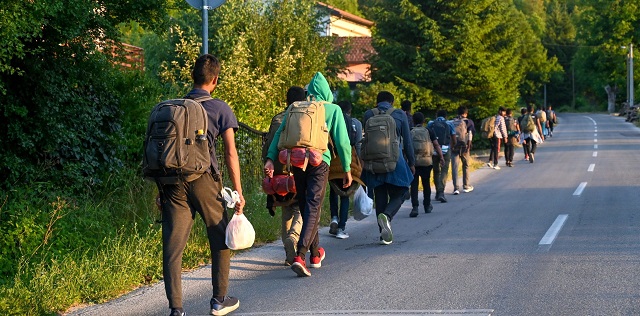
 illegal immigration2 days ago
illegal immigration2 days agoBiden’s DOJ Threatens To Sue Another State For Enforcing Immigration Law
-

 Economy2 days ago
Economy2 days ago‘Gambling With The Grid’: New Data Highlights Achilles’ Heel Of One Of Biden’s Favorite Green Power Sources
-
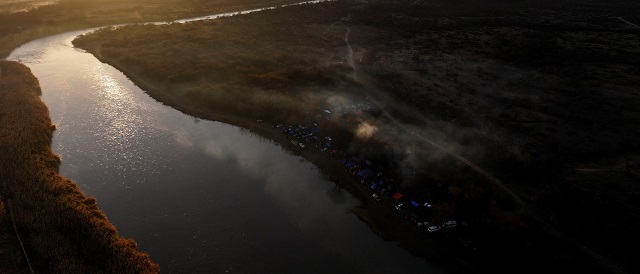
 illegal immigration2 days ago
illegal immigration2 days agoMore Chinese Illegal Migrants Apprehended At Southern Border In Two Days Than In All Of 2021: REPORT
-
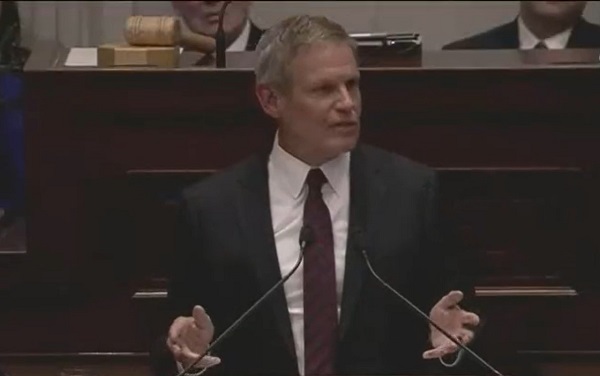
 ESG2 days ago
ESG2 days agoTennessee Taking Lead In Protecting Civil Rights And Free Enterprise—And Stopping Political Debanking
-
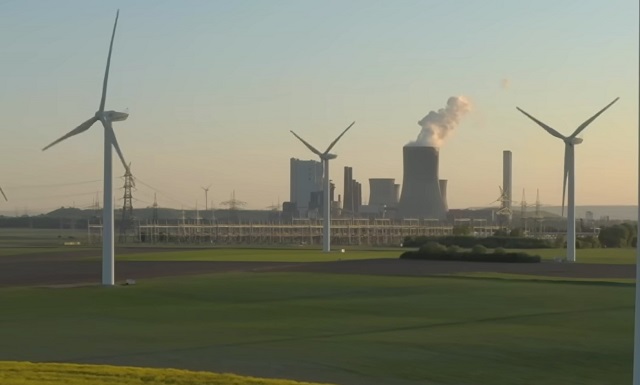
 Energy2 days ago
Energy2 days agoMarket Realities Are Throwing Wrench In Biden’s Green Energy Dreams
-

 conflict22 hours ago
conflict22 hours agoOver 200 Days Into War, Family Of American Hostage in Gaza Strives For Deal To Bring Son Home
-

 Brownstone Institute18 hours ago
Brownstone Institute18 hours agoBook Burning Goes Digital
-

 Brownstone Institute7 hours ago
Brownstone Institute7 hours agoThe Predictable Wastes of Covid Relief








